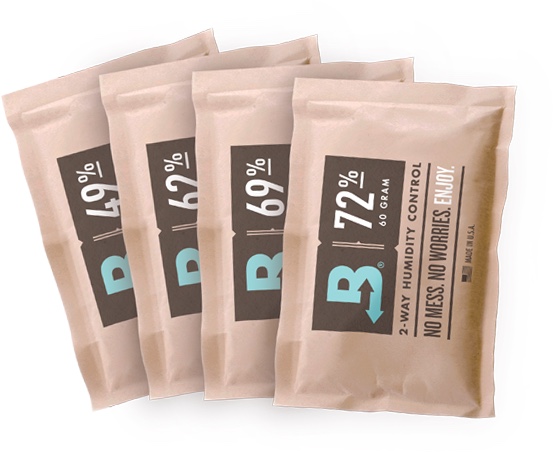yoderjac
5 year old buck +
Any concerns with putting some directly in the ground now? Was thinking I'd try it at my dad's property in IL this weekend. I'll also use the grow tubes that I got from Chestnut Hill when I purchased 2 trees a couple years back.
Jayber,
You really need to make a decision here. One way to go is root pruning containers and another is direct seeding. With the root pruning approach, you need a system of containers. I've had trees survive planting them directly from 18s but not really thrive like those that go through a series of containers. This thread shows how a chestnut can thrive when it goes through the series of containers: http://www.habitat-talk.com/index.p...h-rootmakers-transfered-from-qdma-forum.5556/. From your picture you may be too late for 18s. They come in trays. The regular tray has 18 fixed cells. The Express Trays support individual cells to keep them elevated. If you buy them retail, they come with the cells. Your tap root may already be too large for 18s.
The idea of root pruning containers is to prune the tap root to cause up stream secondary and tertiary branching. Most of that branching occurs in the first 4 inches above the prune. Containers are sized to force branching in the last 4" or so after each transplant. The idea is to have a dense fibrous root system with many terminal roots that is efficient at water and nutrient uptake verses a long tap root and slow branching. It is a tradeoff.
If you want to direct seed, first you need to make sure your tap root has not j-hooked or circled. That can cause problems in the tree down the road. The other issue might be the weather. Once top growth starts, you need to make sure you don't have a freeze. Direct seeding will give you a long natural tap root that will sacrifice early growth for some level of surety that the tree will have access to ground water during time of little rain until it is established.
I don't doubt that some have had better success planting directly from 18s, but that may be due to differences in soil quality and the availability of supplemental water.
Best of luck,
Jack


